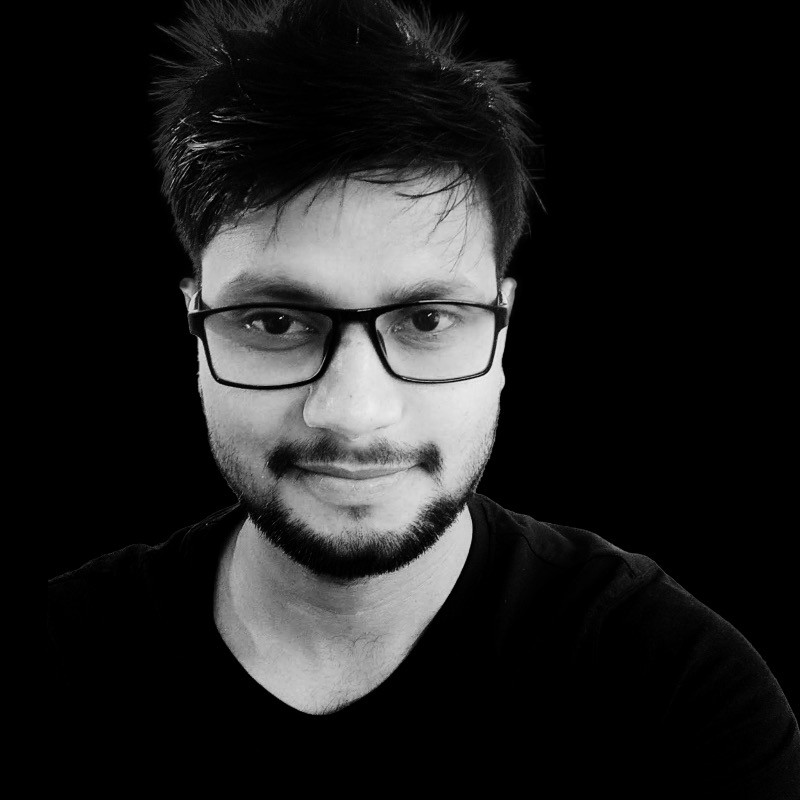Time, Observation, and Existence: A Journey from Reality to Realization
 Sujeet Agrahari
Sujeet Agrahari
Introduction
What is reality?
Is it the world around us — the stars, our memories, what we can see and touch? Or is it something deeper, less defined, and shaped by our own minds?
This article explores the idea that reality is not a fixed thing “out there,” but something woven through observation, shaped by time, and ultimately rooted in existence itself. We’ll explore this idea through logic, science, and a brief reflection on Vedanta — the ancient non-dual philosophy that surprisingly aligns with these insights.
Observation Creates Reality
We observe the past through photos, videos, and memories. And if those experiences become rich enough — if we could re-live a memory with perfect accuracy — it would feel like time travel. It may not be physical, but it’s real enough to the mind.
This suggests something important: reality depends on the observer. What we observe becomes what is real — not just emotionally, but perhaps even fundamentally.
Time Exists Only Because We Observe
Time is not a thing we see — it’s a structure the mind uses to order experience.
Without observation:
There is no change.
Without change, no time.
Without time, there’s just stillness — or pure potential.
So maybe time is not a universal truth. Maybe it exists only so observation can happen, and experience can unfold like a story.
Time, then, may not be reality’s foundation — but its limitation.
One Reality Among Infinite Realities
What we call “our reality” is just a version shaped by our senses and mind. Our reality expands as we observe more. But what about what we haven’t observed? Does that mean it’s not real? Maybe it’s part of someone else’s reality.
If other observers exist — humans, animals, machines, higher beings — each could have their own version of reality. We might even exist inside another’s perception, like a simulation.
This matches the many-worlds idea from quantum mechanics: every possible outcome exists. We only experience one branch, but all are equally real.
Reality, then, is not one — it’s layered and branching.
If All Is Real, What Does “Real” Mean?
Here’s the paradox:
If every reality is real, and all observers are observing each other’s realities — then there’s no separate reality left to define.
And if everything is observed by everything, then there’s no distinct observer left either.
No observer → No separation → No reality as we know it.
What’s left?
Only existence — pure being, without shape or meaning.
Existence Is Beyond Meaning
This existence is not “something.”
It has no form, no quality, no limit.
Even calling it “existing” is wrong — that’s already a concept, a comparison.
Existence simply is.
No observer, no observed. No past, no future. No inside or outside.
A Glimpse of Vedanta
These insights lead directly to what Advaita Vedanta has said for thousands of years.
Brahman is the formless, eternal reality — pure existence-consciousness.
Aham Brahmasmi — I am That.
The self and the world are not two. There is only one.
The Upanishads say:
“That from which words return, having failed to grasp it.”
You cannot talk about it. You can only be it.
The Loop of Being
Existence gives rise to observation.
Observation gives rise to reality.
Reality brings time.
Time creates self.
And the self tries to understand… existence.
And so the loop spins — endlessly, silently.
You are not outside it.
You are not trapped in it.
You are the loop.
Final Thought
You can ask, “What is reality?”
You can chase time, analyze the mind, observe the universe…
But at the end, all questions dissolve.
What remains is not something to find.
It’s what you always were.
Existence. Without meaning. Without name. Just is.
Subscribe to my newsletter
Read articles from Sujeet Agrahari directly inside your inbox. Subscribe to the newsletter, and don't miss out.
Written by

Sujeet Agrahari
Sujeet Agrahari
A backend engineer with a passion for chess and technology. 5 years of experience in deployment and development, proficient in Docker, Kubernetes, Nginx and multiple programming languages including Java, Javascript, Python, and Node.js.